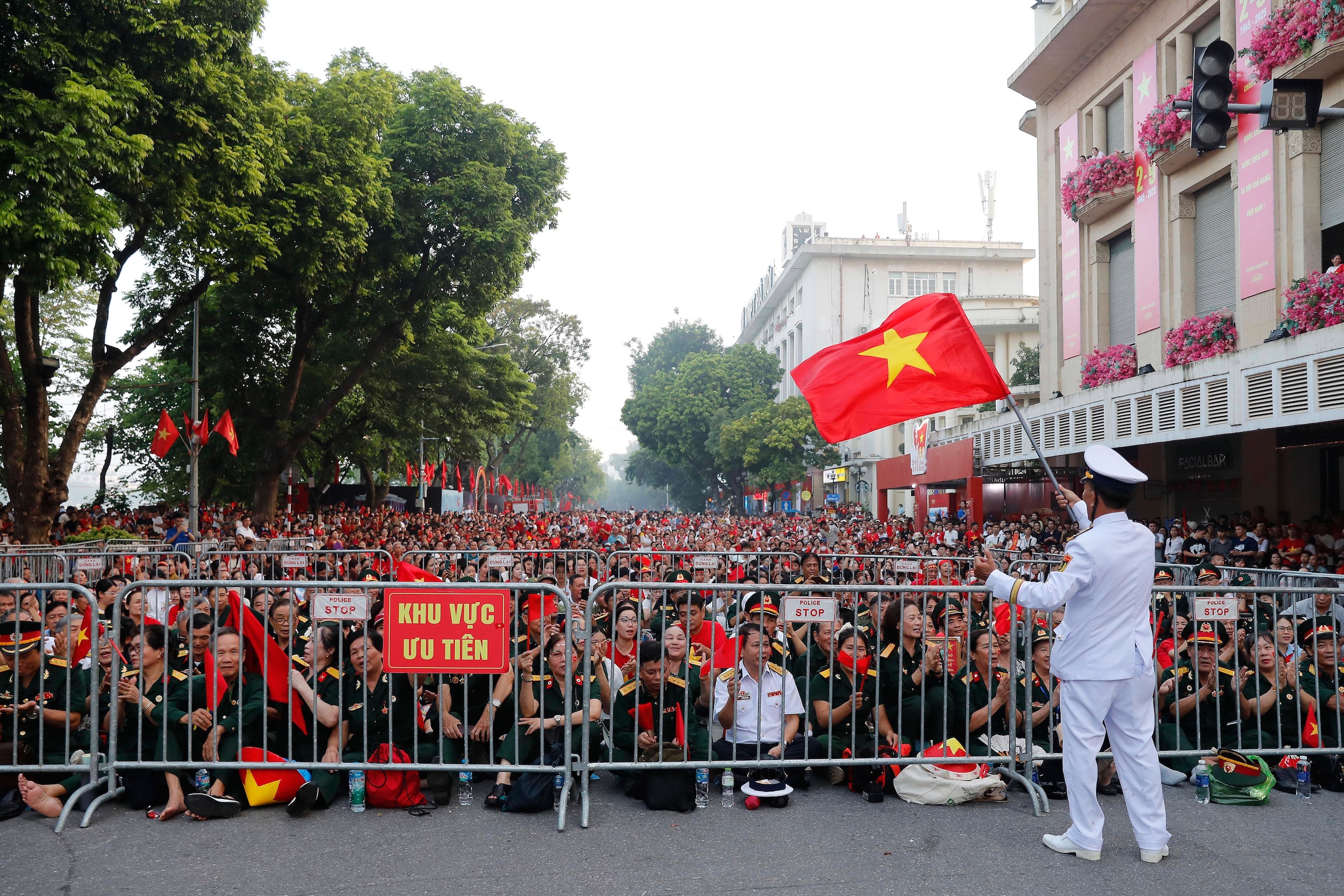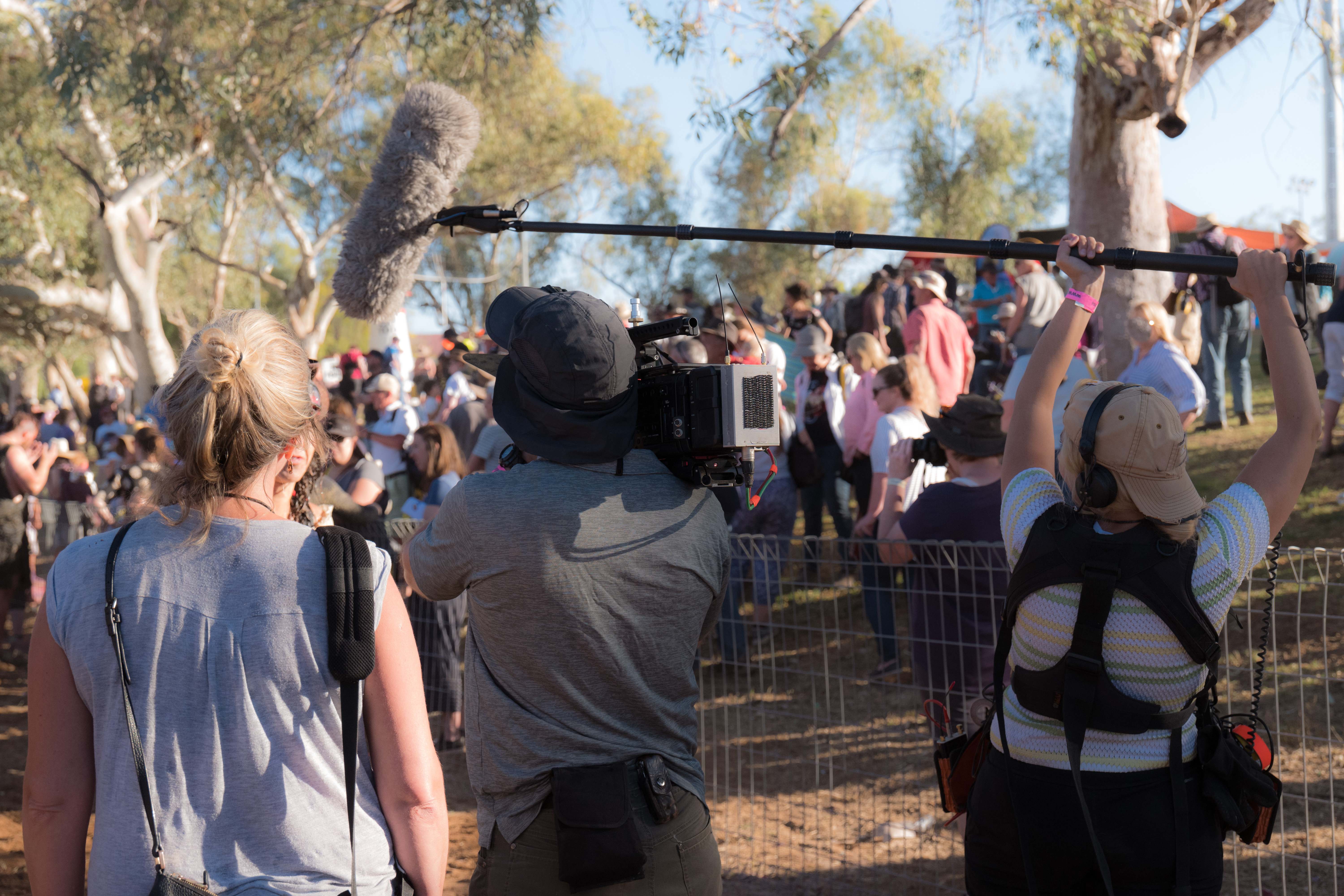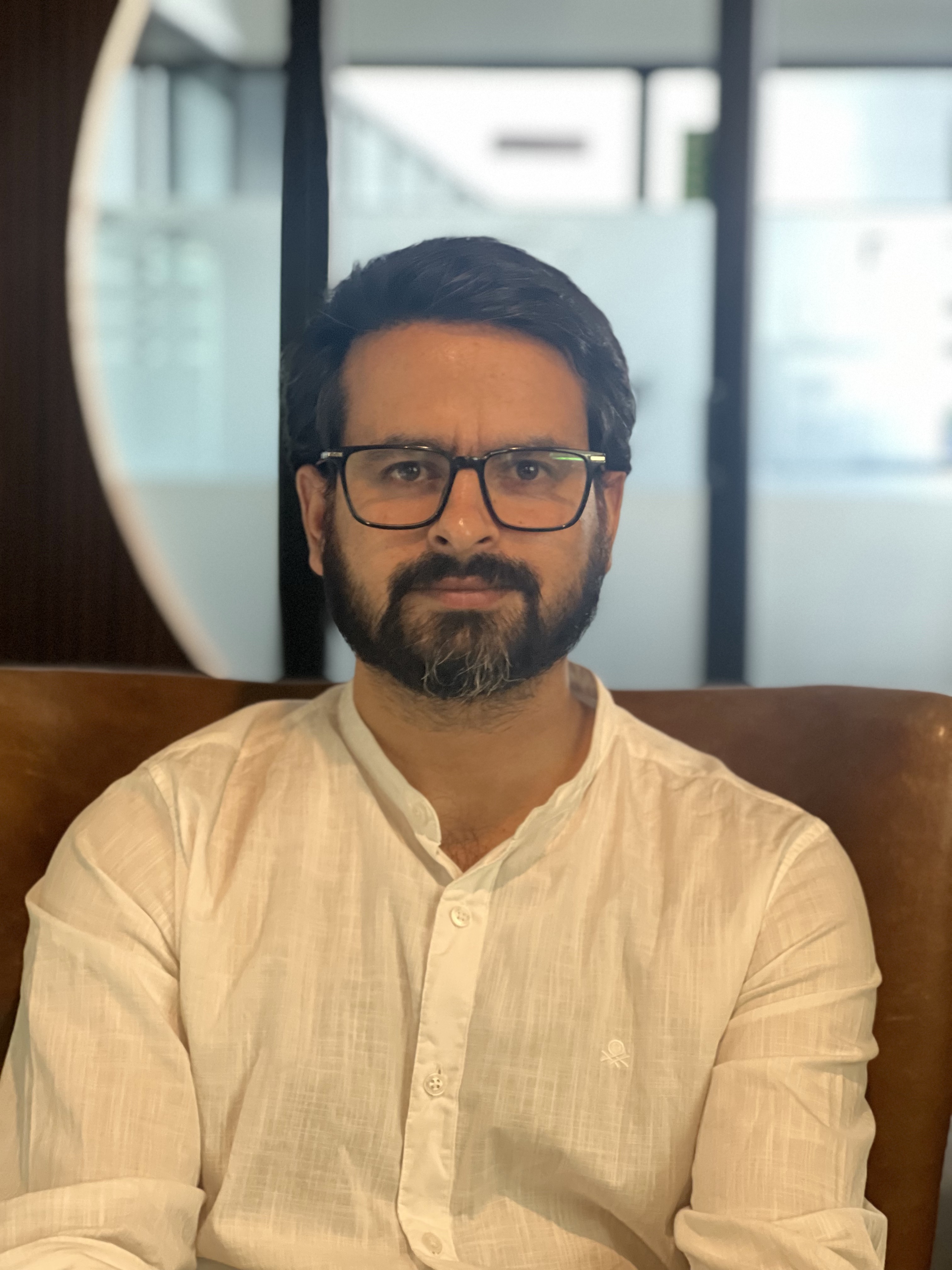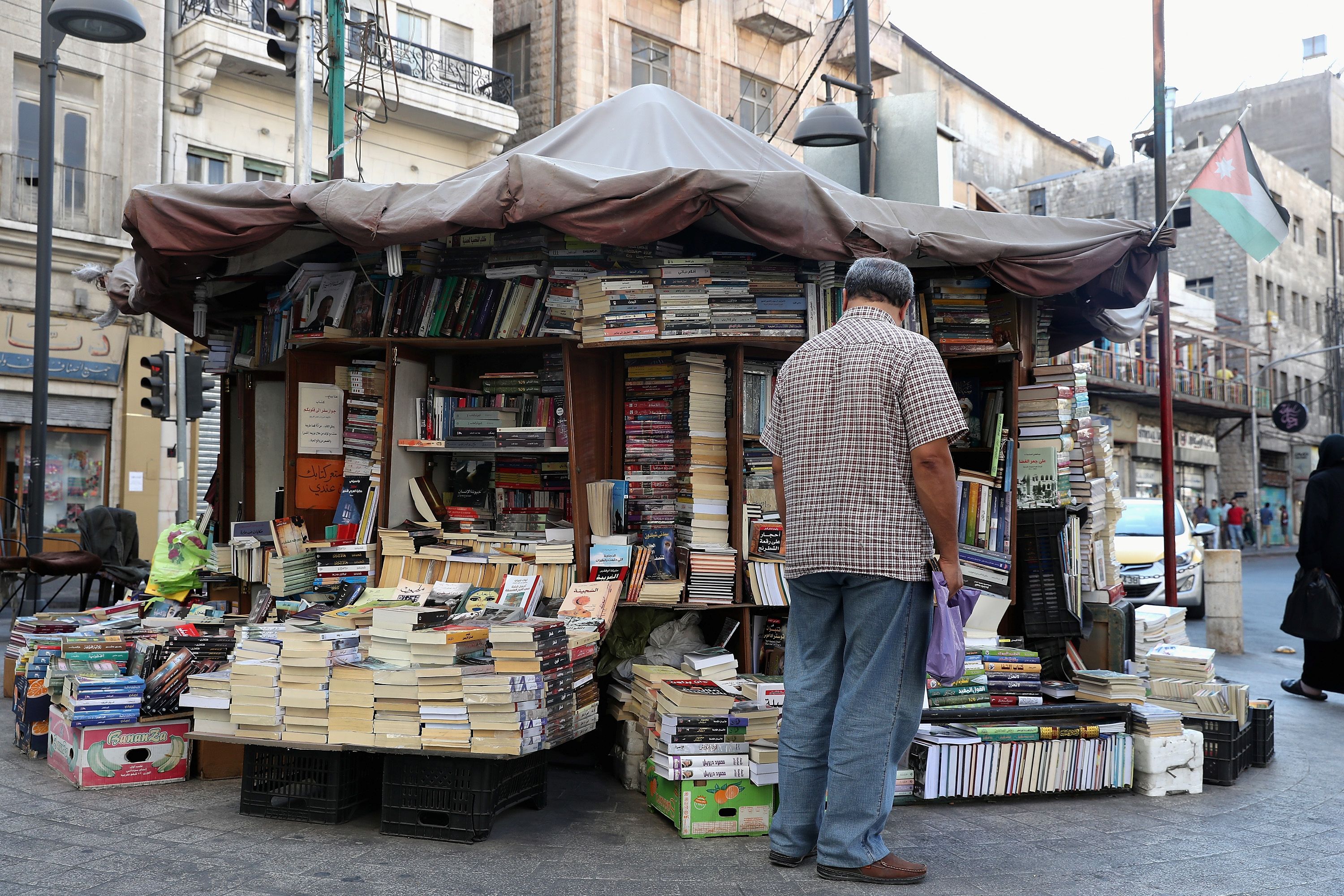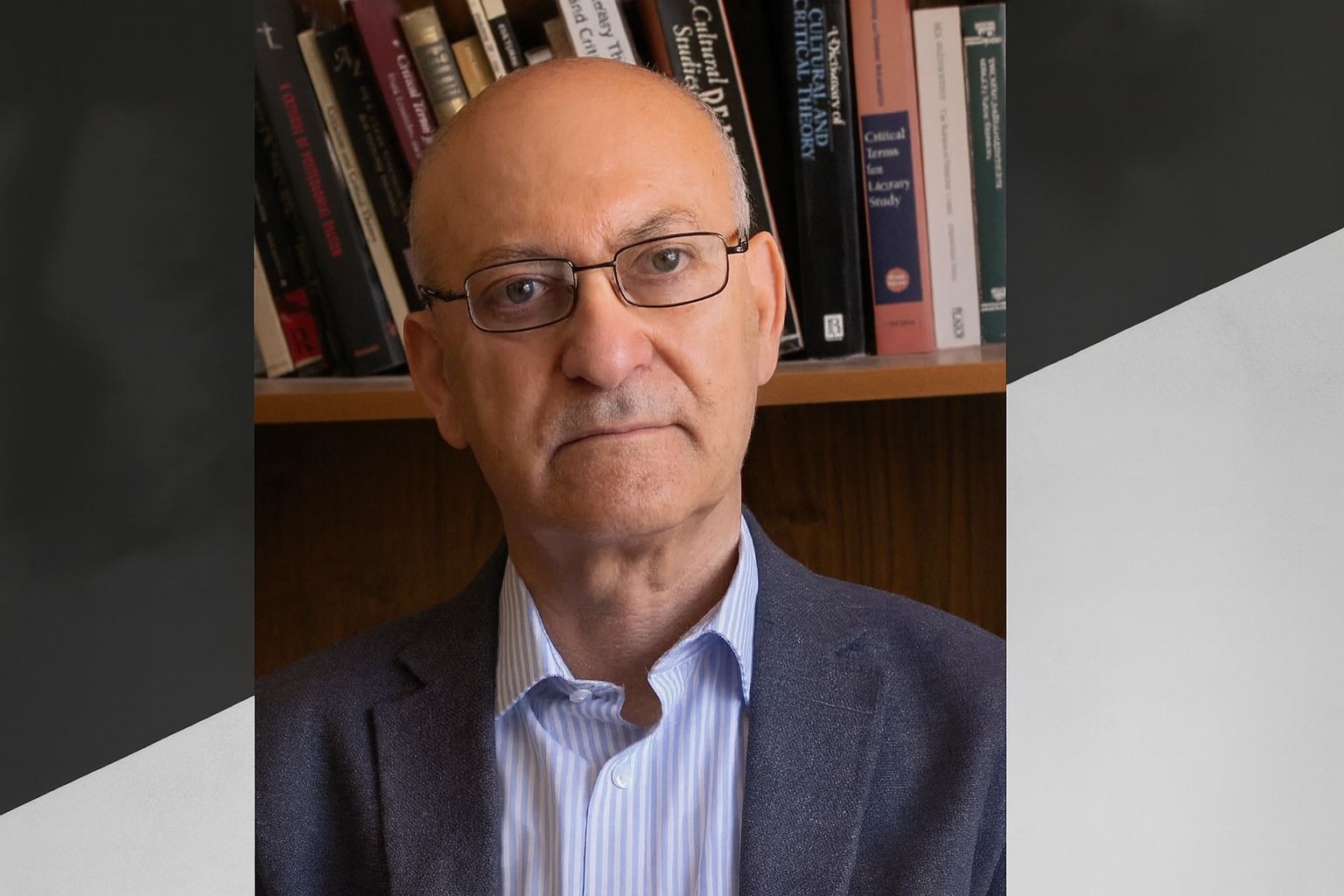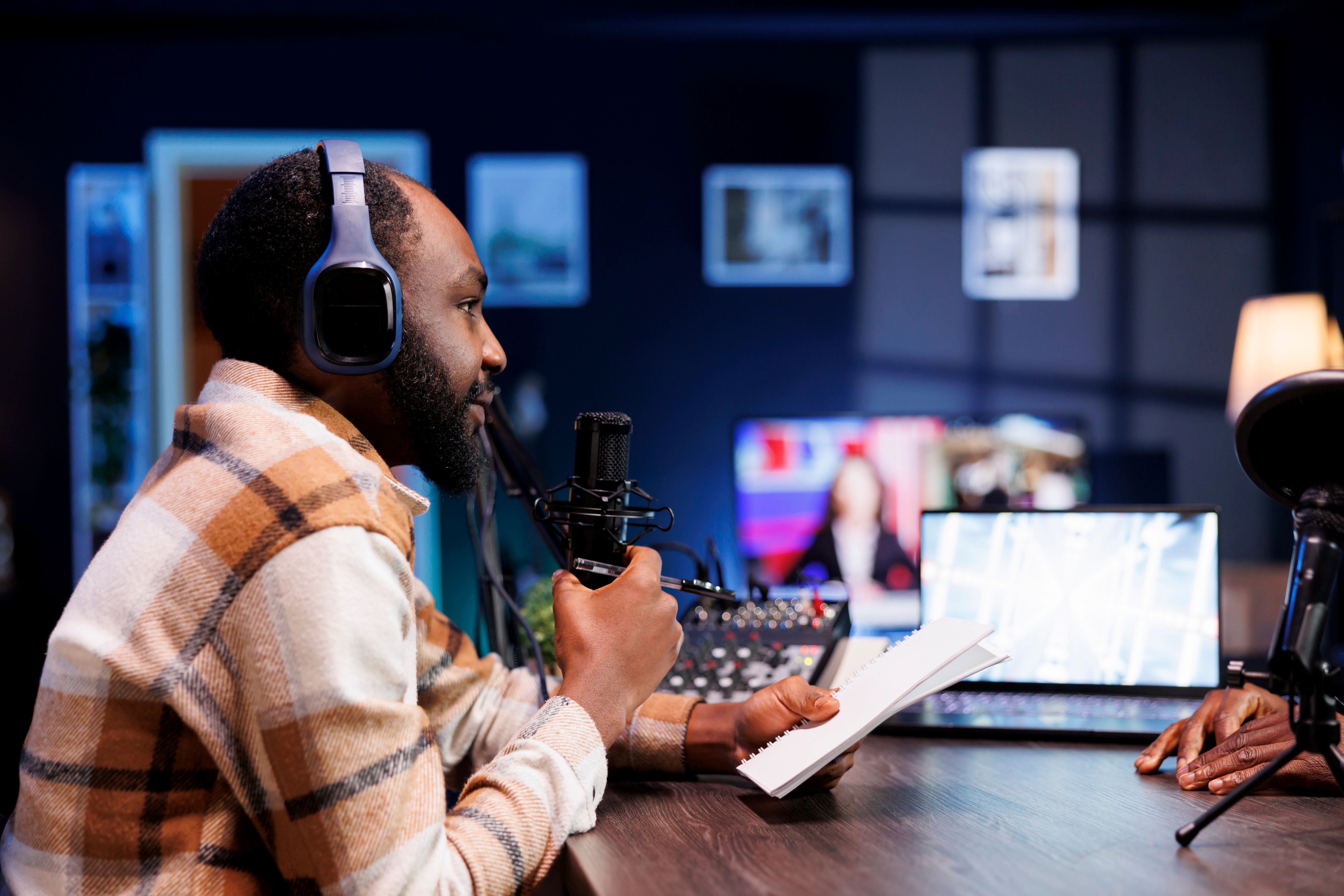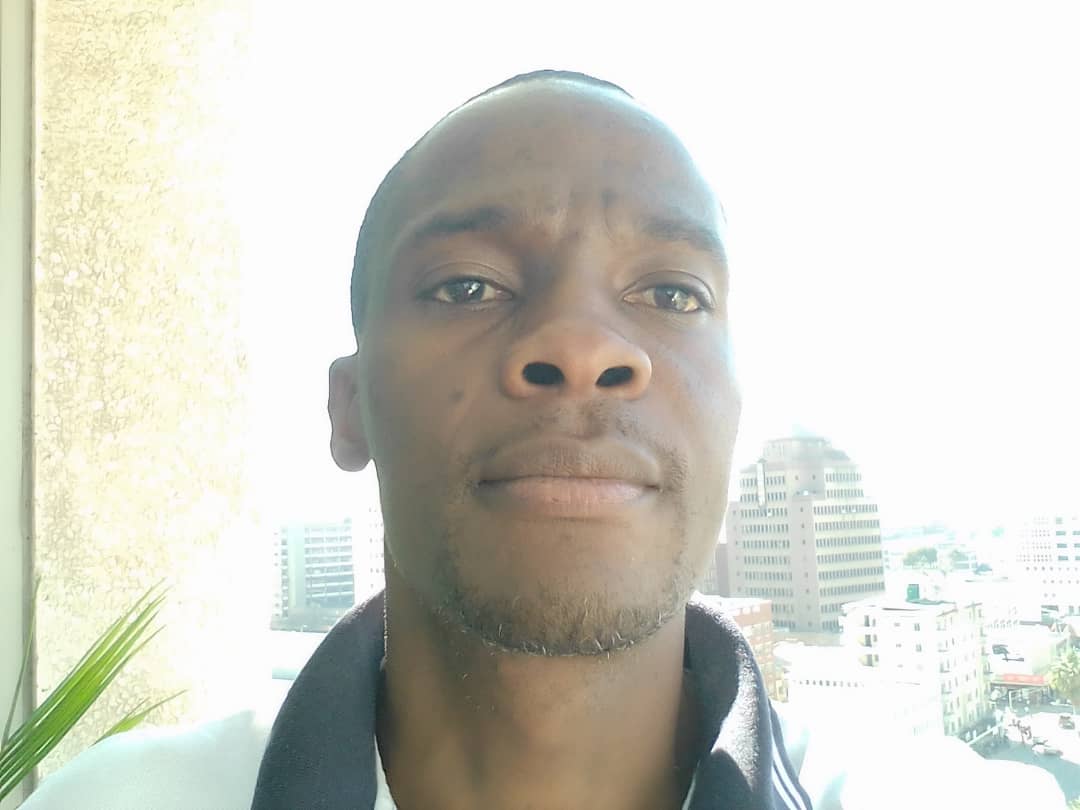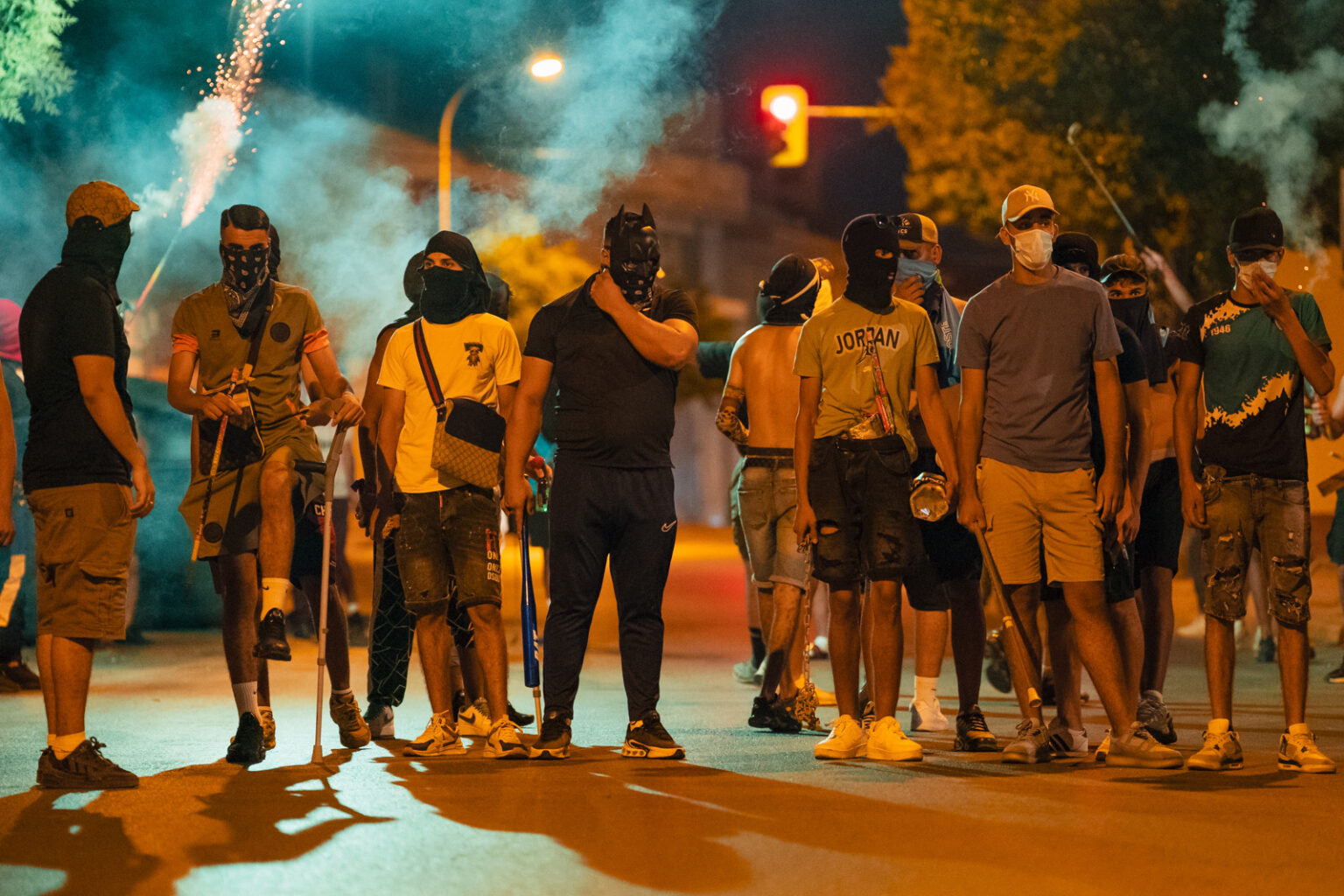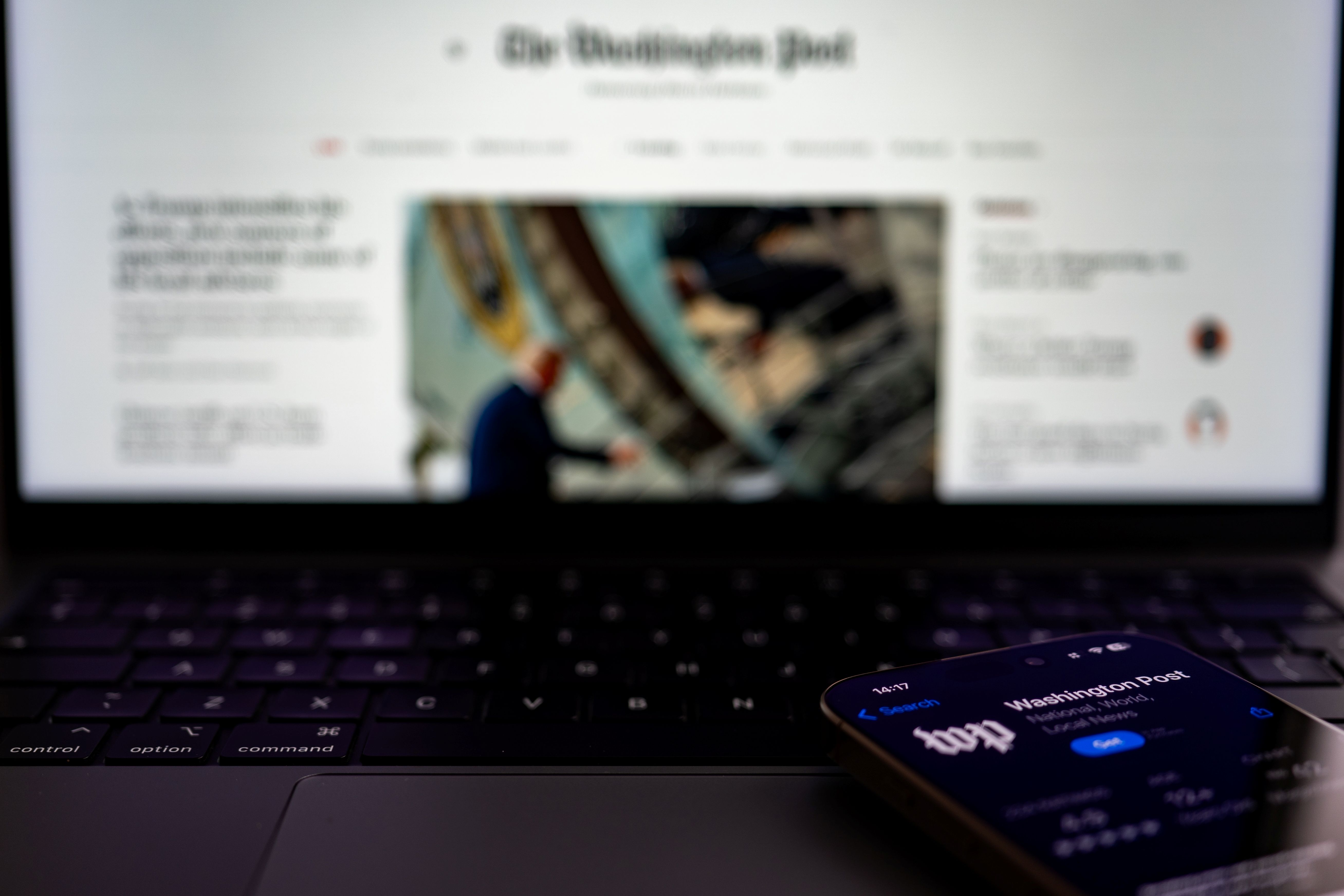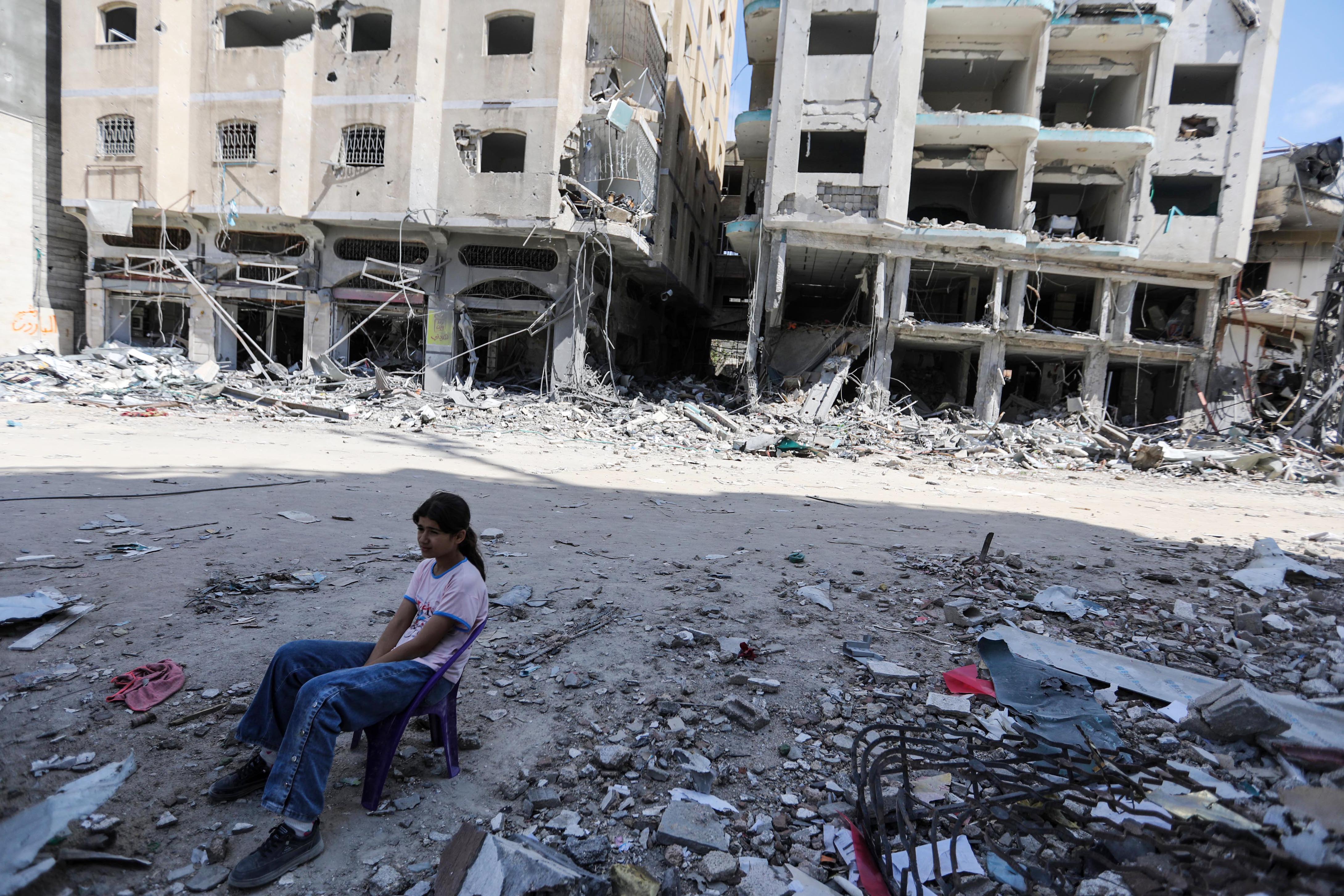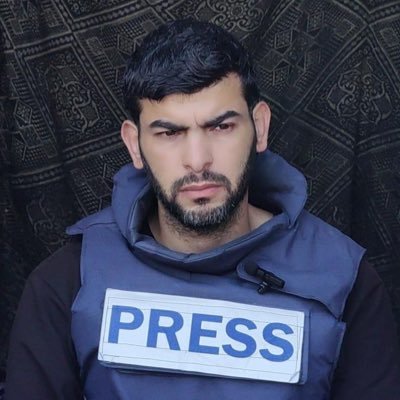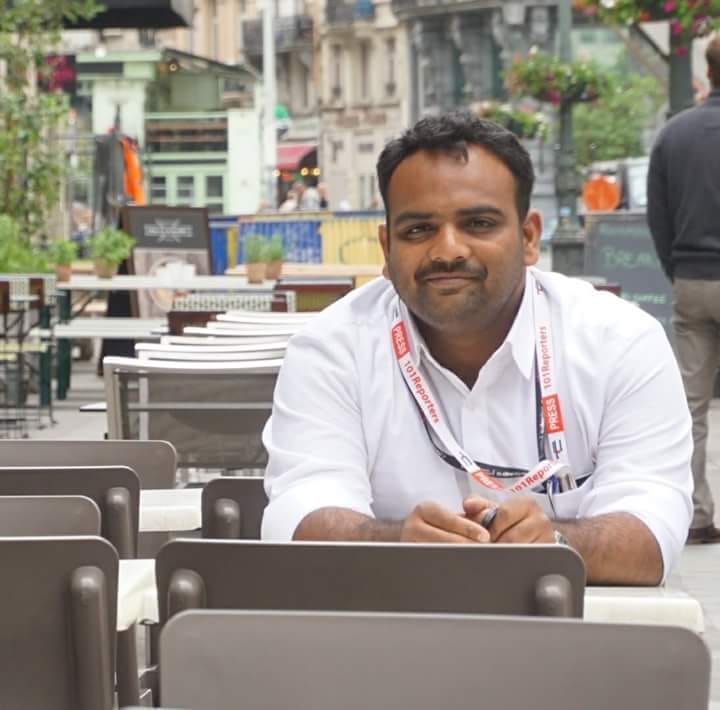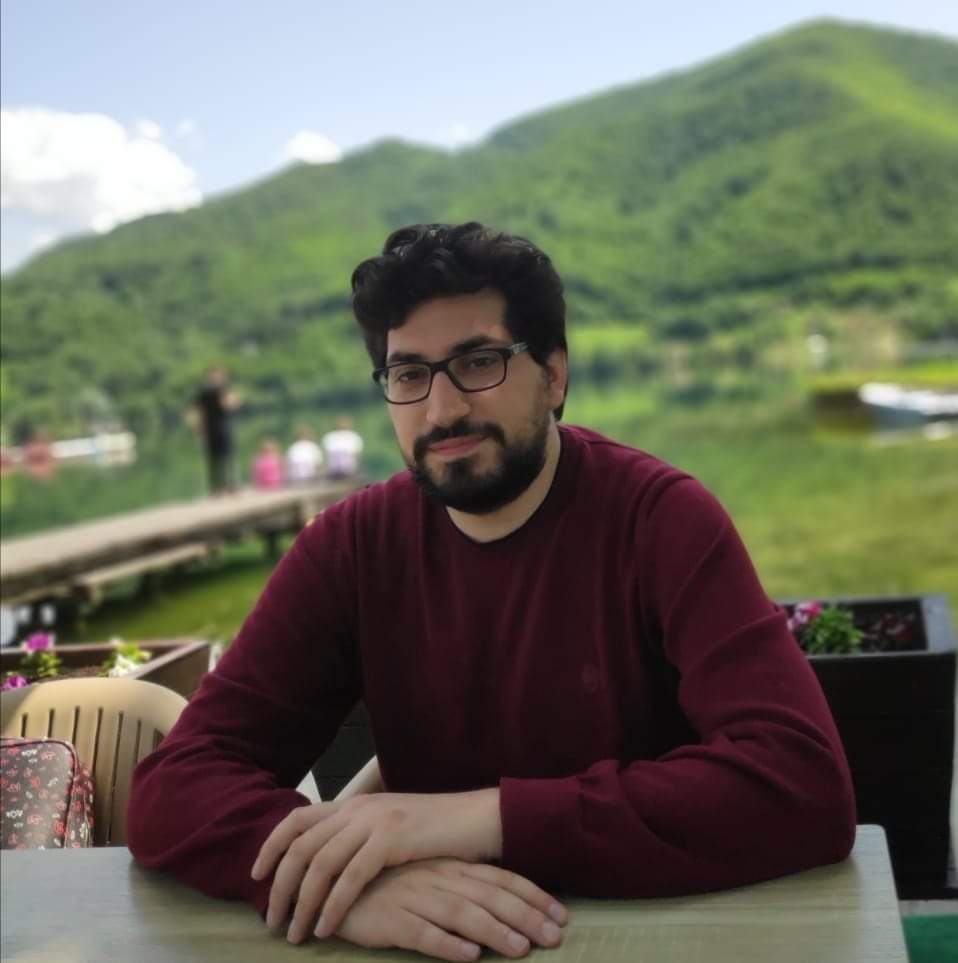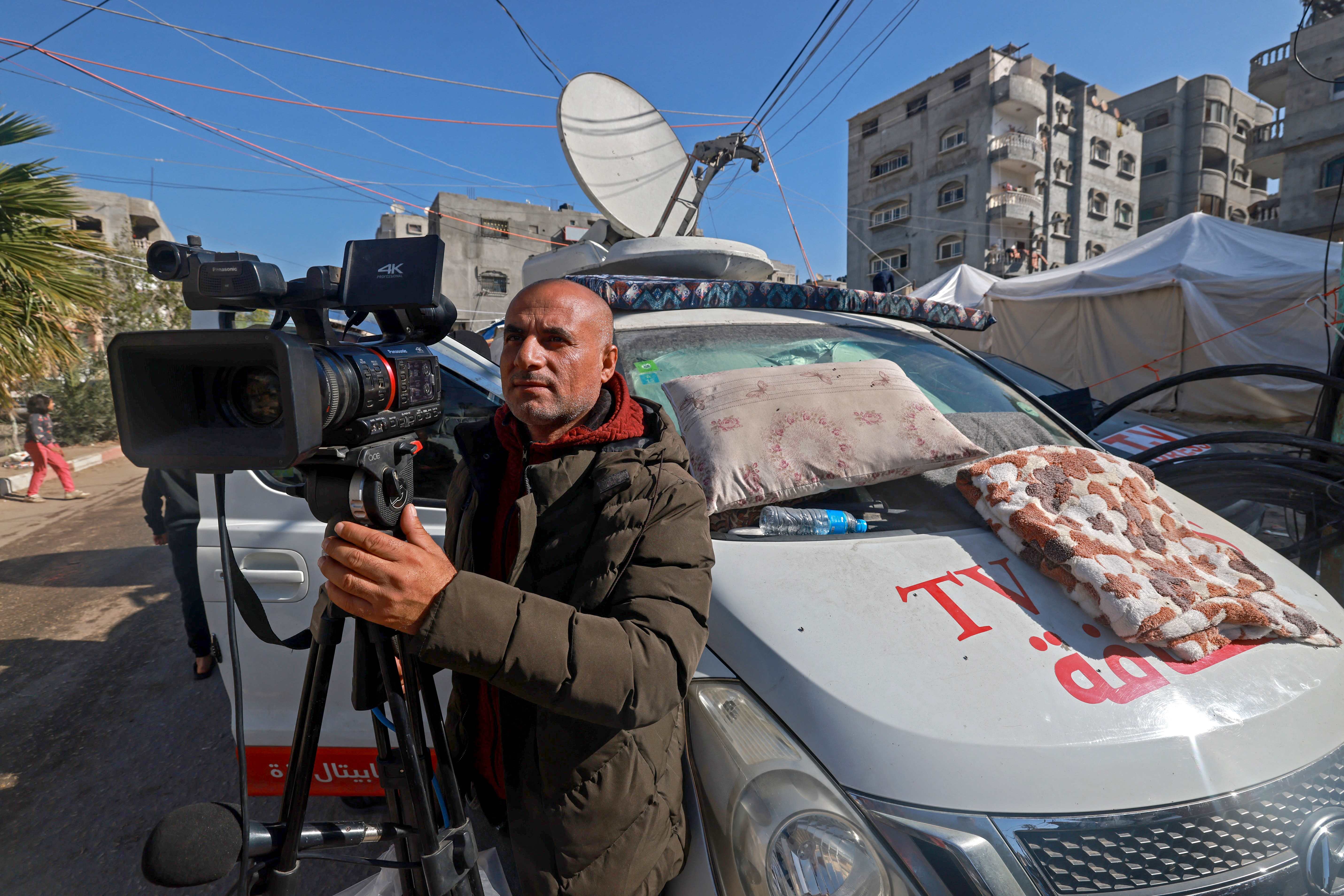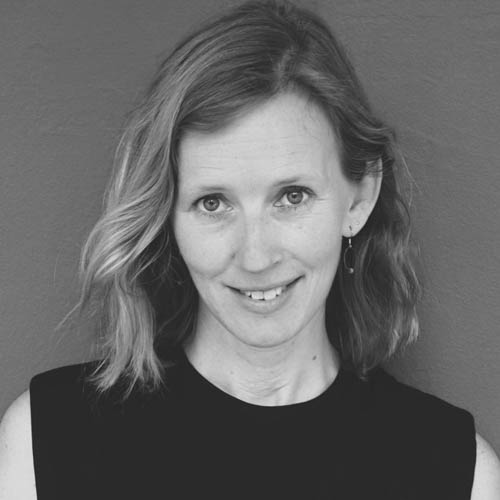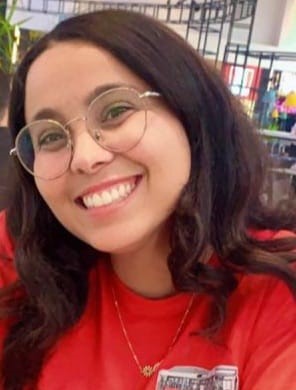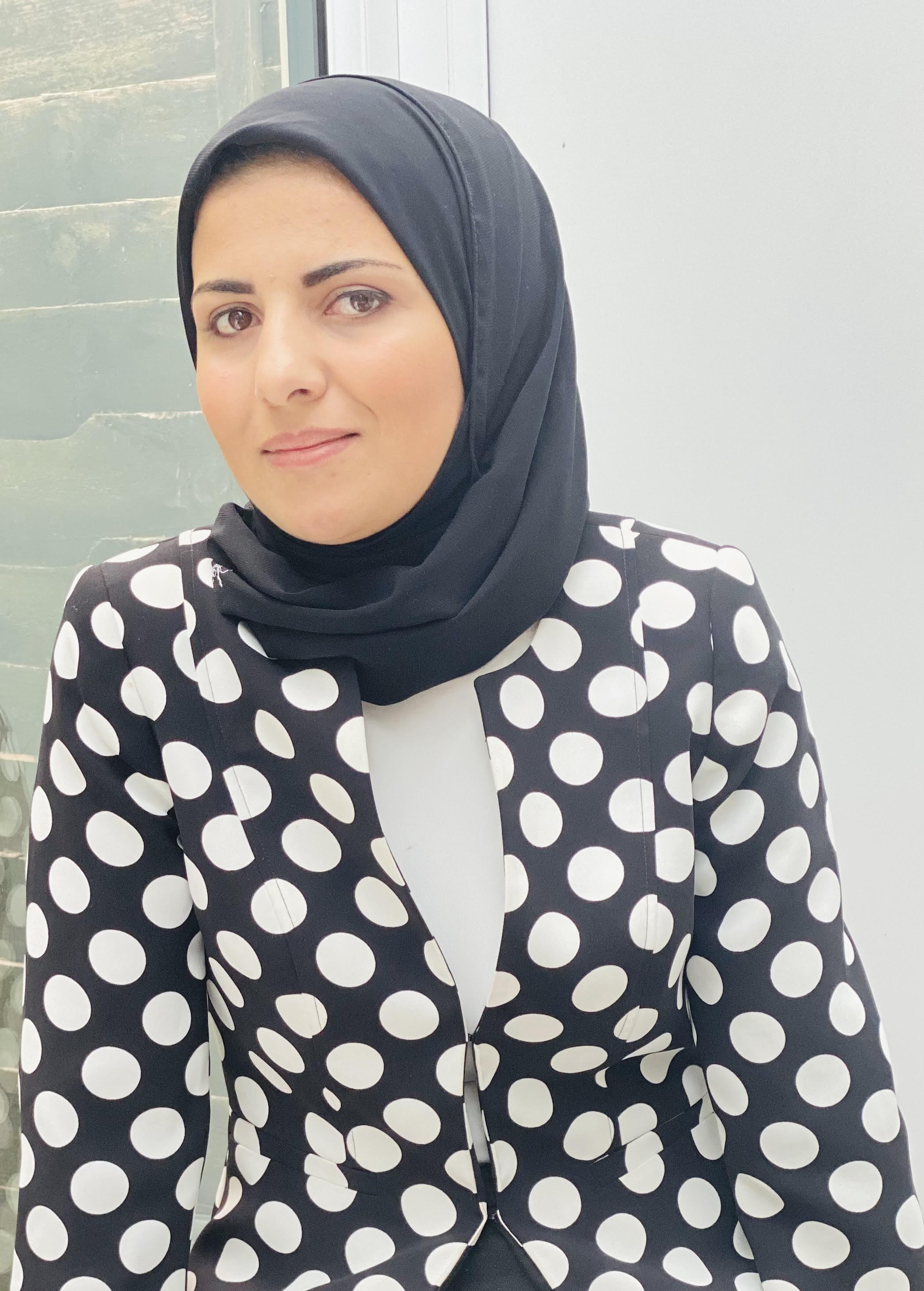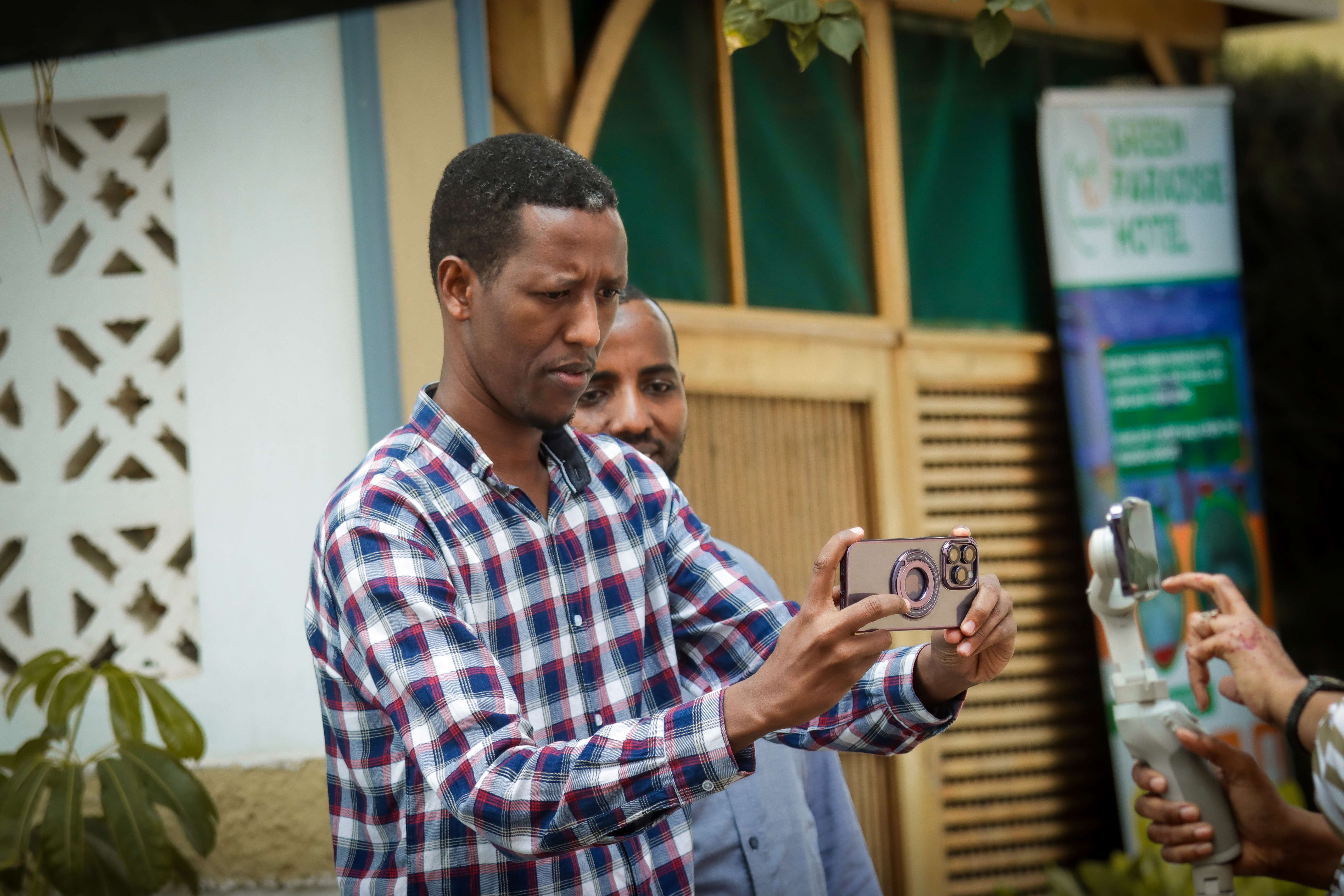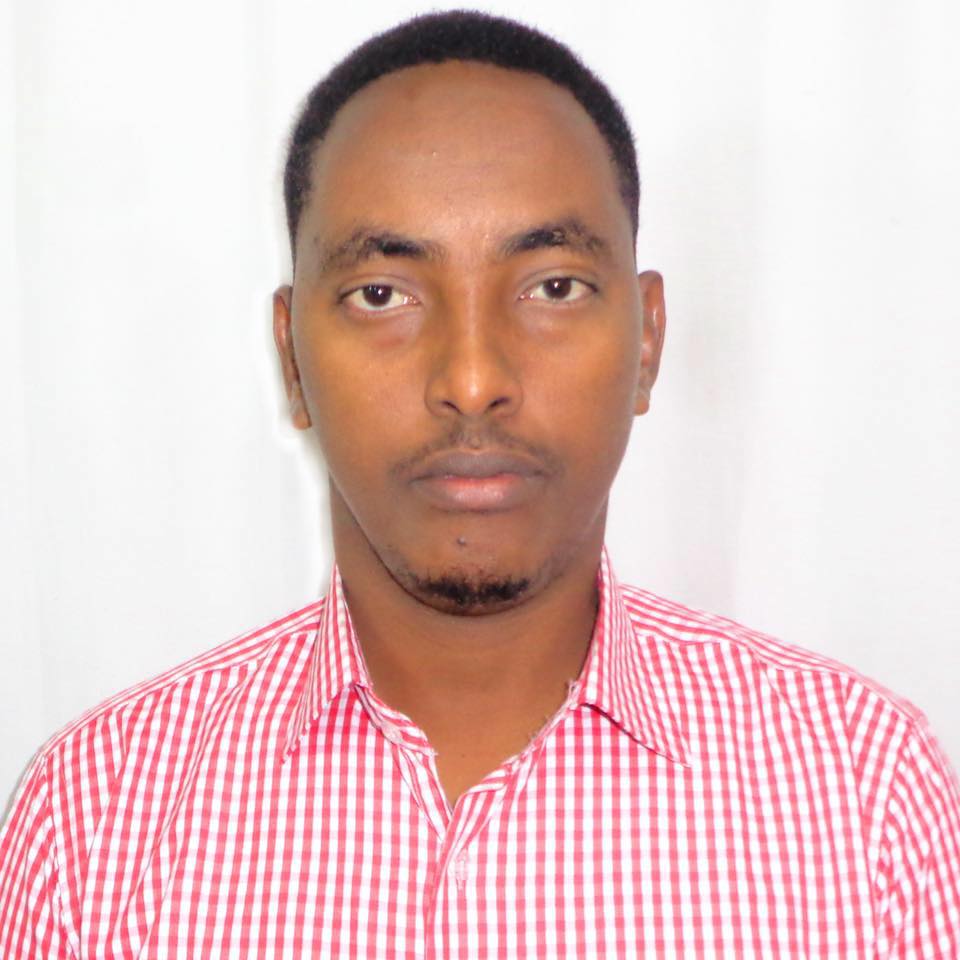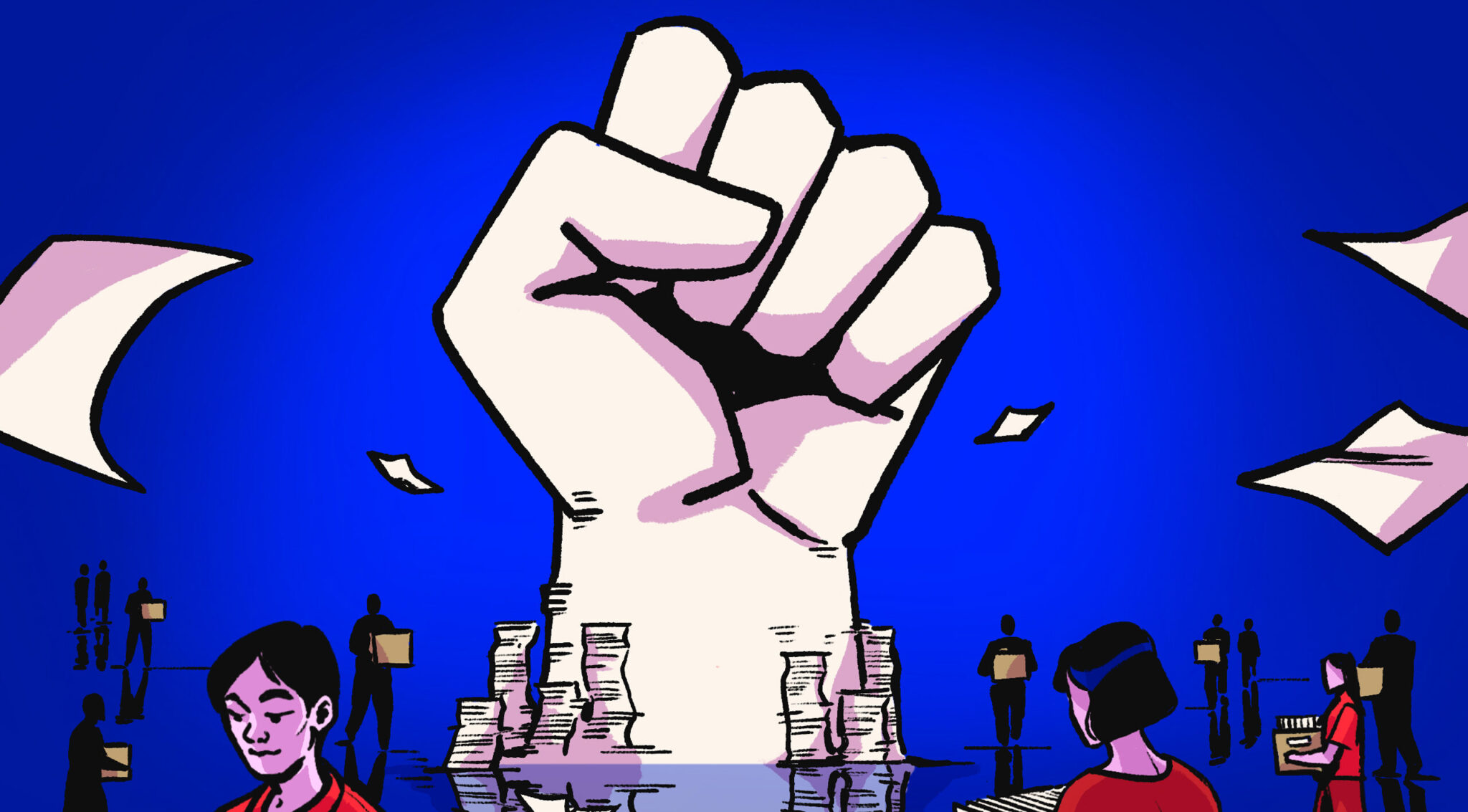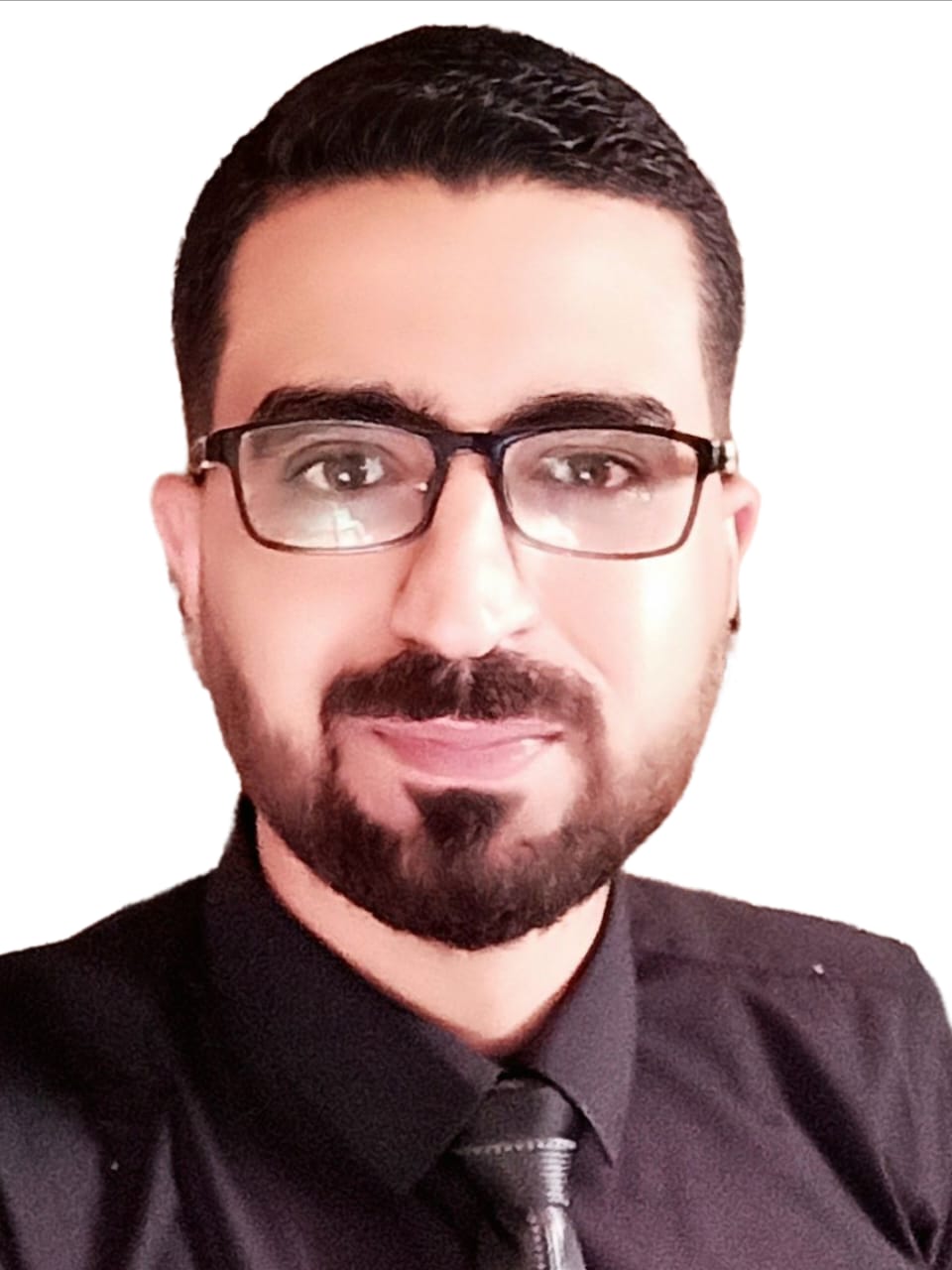في العام 2018، قُدِّرت نسبة المواطنين من ذوي البشرة الملوّنة في الولايات المتحدة الأمريكية بحوالي 38 في المئة، والرقم آخذ في الازدياد، إلا أن هذه الأرقام لا تنعكس على غرف أخبار المؤسسات الإعلامية، بحسب تقرير لـ فاراي شيديا (1) نُشِر في موقع "كولومبيا جورناليزم ريفيو".
اختارت مقدّمة البودكاست (Our Body Politic) (2) المتخصص بقضايا النساء من ذوات البشرة الداكنة، أن تضيء على ما أسمته "الانقسام العميق" في غرف الأخبار، لتخلص إلى أن جهود تحقيق التنوّع "فشلت"، لكن ذلك لا يعني حتمية هذه النتيجة؛ فبالنسبة لها، ثمة دائماً ما يمكن فعله في سبيل التغيير.
تعود الكاتبة إلى العام 1978، عندما طالبت الجمعية الأمريكية لمحرري الأخبار بضرورة تعزيز التنوع في غرف الأخبار. حسب الجمعية، فإن اللاتينيين والصحفيين من ذوي البشرة غير البيضاء، شكلوا 12 في المئة من هيئة تحرير الصحف في العام 2000. وفي العام 2016، ارتفع هذا الرقم بشكل طفيف ليصل إلى 17 بالمئة.
يعبّر المدير التنفيذي للجمعية تيري هايت عن مخاوفه، منبها الناشرين والمحررين إلى أهمية التنوع في غرف أخبارهم: "من المهم أن تتغير هذه الأرقام، وإلا ستكون النتيجة خسارة المزيد من الجمهور".
تسرد شيديا تاريخ غرف الأخبار الأمريكية في التعامل مع الصحفيين اللاتينيين أو ذوي البشرة الملونة؛ إذ إنها لم ترحب بهم، فما كان منهم إلا أن اتجهوا نحو تغطية القصص التي طالما غابت عن أجندات الصحفيين من ذوي البشرة البيضاء.
تحاول شيديا التعمق أكثر في شرح المعضلة، فتعود إلى تسعينيات القرن التاسع عشر، حين تولّت الصحفية إيدا ب. ويلز تغطية عمليات الإعدام خارج نطاق القانون التي تجاهلتها وسائل الإعلام السائدة آنذاك. كانت ويلز صحفية استقصائية أمريكية ومعلمة وزعيمة مبكرة في حركة الحقوق المدنية، ومدافعة أولى عن حقوق ذوي البشرة الملونة.

بعد ذلك، تعود الكاتبة إلى خمسينيات وستينيات القرن الماضي، لتذكّر بعجز وسائل الإعلام آنذاك عن تغطية تحركات حركة الحقوق المدنية، بسبب قلة عدد الصحفيين السود في غرف الأخبار.
يومئذ، اضطر الرئيس ليندون جونسون إلى تشكيل اللجنة الاستشارية الوطنية للاضطرابات المدنية، والتي عرفت باسم لجنة كيرنر، وذلك على خلفية حرق المدن فيما كان يُطلق عليه آنذاك "أعمال الشغب العرقية".
أصدرت لجنة كيرنر تقريرا العام 1968 انتقدت فيه التغطية الإخبارية للعرق والسياسة، مشيرة إلى نقص التنوع في غرف الأخبار الأميركية. ورأى التقرير أن وسائل الإعلام فشلت في التبليغ عن المشاكل العرقية في الولايات المتحدة، كما فشلت أيضا في تلبية توقعات المواطنين من ذوي البشرة السمراء في الصحافة.
وعلى الرغم من دعوتها الصريحة للضغط من أجل تغيير واقع غرف الأخبار، إلا أن شيديا تحذّر من أن تغطية المسائل أو المواضيع العرقية قد تكون مؤذية للصحفي أحيانا، ناقلة عن جيسي هولاند، وهي صحفية تغطي القضايا العرقية في وكالة أسوشيتد برس، تعرّضها للأذى النفسي بسبب تغطية جرائم القتل ذات الدوافع العنصرية. ترى هولاند أن البعض "قد ينظر إلى الصحفيين من ذوي البشرة الملونة بصفتهم عملاء مزدوجين، خاصة عندما يغطون القصص الصحفية التي تتناول التمييز العنصري".
تكتفي شيديا بالإضاءة على هذا الجانب السلبي من تغطية القضايا العرقية، لتعود وتركّز على أهمية التنوع في غرف الأخبار، مستدلة بالانتخابات الأمريكية، ربما لأهميتها باعتبارها حدثا يحوز اهتمام الرأي العام العالمي.
وتنقل الكاتبة عن نيكي مايو، من الرابطة الوطنية للصحفيين السود، أنها أمضت انتخابات العام 2008 في أبالاتشيا، ووجدت نفسها تُجر بالقوة إلى حمام الرجال أثناء تقديم تقاريرها في سباقات ناسكار في بريستول بولاية تينيسي. طُلب منها مرافقة مراسل شاب أبيض إلى أحد أحياء بالتيمور السوداء، لكن لم يرافقها أحد عندما غطت مجتمعات الطبقة العاملة البيضاء في أبالاتشيا.
بعد دورتين، كان الصحفيون الأمريكيون بحاجة أثناء تغطية انتخابات العام 2016، إلى معرفة عميقة بالمجتمعات الأمريكية وناخبيها، والتقسيمات بحسب: العرق والجنس والطبقة والمنطقة والدين. وبرأيها، فشلت معظم الفرق الإخبارية في أداء هذه المهمةـ لقد استعانت في هذا السياق بشهادات بعض الصحفيين، منهم روبرت صامويلز، مراسل صحيفة واشنطن بوست، وهو من ذوي البشرة الداكنة، والذي نقل ما تعرض له في أحد التجمعات الداعمة لترامب؛ حين طردته الشرطة من المكان، وأخذ الناس ينادونه بالقرد، كما تعرض لمحاولة تعذيب.
أمّا كانديس سمين من قناة أي بي سي فقد تحدثت عن أنها الصحفية الوحيدة السمراء التي غطت تحركات ترامب في الميدان، (باستثناء الأسبوع الأخير من الانتخابات)، مشيرة إلى أنها تعرضت للكثير من المضايقات.
كان مهما بالنسبة لشيديا الإشارة إلى أن أصحاب القرار غضوا الطرف عن المناشدات التي جاءت على خلفية الأحداث التي سبق ذكرها؛ فالصحفيون تحدثوا إلى المسؤولين حول البيئة العنصرية المعادية بشكل متزايد خلال الحملة الانتخابية، وتم تجاهل تحذيراتهم إلى حد كبير.
على خلفية ذلك، اتصلت شيديا بخمس عشرة وسيلة إعلامية مهمة للحصول على معلومات حول الصحفيين الذين غطوا الانتخابات، لكنها لم تتلق التجاوب المتوقع؛ إذ إن أقل من الثلث فقط، وبينهم "يو اس أي توداي" و"نيويورك تايمز" و"واشنطن بوست"، قدموا البيانات المطلوبة، فيما لم يقدم الآخرون ما يكفي، والبعض لم يزودها بأي بيانات.
استجابت بعض غرف الأخبار بسرعة لاستفسارها، وفي غضون وقت قصير، ردت (3) "يو ايس آي توداي" أن طاقم تغطية حملتها للعام 2016 يضم عشر نساء وثمانية رجال، ومن بين هؤلاء صحفيان لاتينيان ومراسل أمريكي من أصل إفريقي.
تعوّل الكاتبة كثيرا على التغيير الذي قد ينتج عن الإدارة أو حتى من الصحفيين أنفسهم؛ لذلك فهي تقدم في مادتها بعض النصائح للطرفين على حد سواء:
تقترح الكاتبة مثلا أن تتضمن الجوائز الصحفية الكبرى مثل بوليتزر ودوبون قدرا معينا من التنوع بصفته معيارا للفوز؛ لما لذلك من تأثير على كل من وسائل الإعلام الربحية وغير الربحية التي تتنافس على هذه الجوائز.
كما تنصح بأن يتجمع الصحفيون لتعزيز التنوع عبر تأسيس منظمات ومبادرات مخصّصة لذلك. وقد قدمت شيديا أمثلة في هذا الصدد:
أسست الصحفية الاستقصائية الحائزة على جائزة نيويورك تايمز نيكول هانا جونز جمعية إيدا ويلز الاستقصائية، وحرصت على زيادة توظيف الصحفيين من ذوي البشرة غير البيضاء، وتثقيف المؤسسات الإخبارية حول الطرق التي يمكن أن يؤدي بها التنوع إلى زيادة فعالية العمل الاستقصائي وتأثيره. واستطاعت الجمعية أن تجمع أكثر من 600 عضو من الصحفيين.
ثمة نصيحة أخرى تقدمها شيديا للصحفيين الاستقصائيين؛ فهي تحثهم على التعقّب وإعداد التقارير عن ممارسات إدارات غرف الأخبار الأخلاقية وتلك المتعلقة بالتمييز فيها، تماما كما فعلت إميلي ستيل (4)، مراسلة صحيفة نيويورك تايمز، والتي أسهمت في إنهاء مسيرة بيل أورايلي في قناة فوكس نيوز.
هكذا، فإن عملية التغيير تتطلب إجراءات واسعة تبدأ بالصحفيين أنفسهم، وعلى الرغم من الصورة القاتمة، إلا أن قدرا من الشفافية قد يساعد "أولئك الذين يرغبون في تحسين التنوع على صقل استراتيجياتهم، وربما التأثير على إدارة غرفة الأخبار التي لم تلتزم بالتغيير".
مراجع:
2- https://linktr.ee/ourbodypolitic
3-https://shorensteincenter.org/kerner-fifty-years-later-newsroom-diversi…
4-https://www.cbc.ca/news/entertainment/emily-steel-interview-the-nationa…
